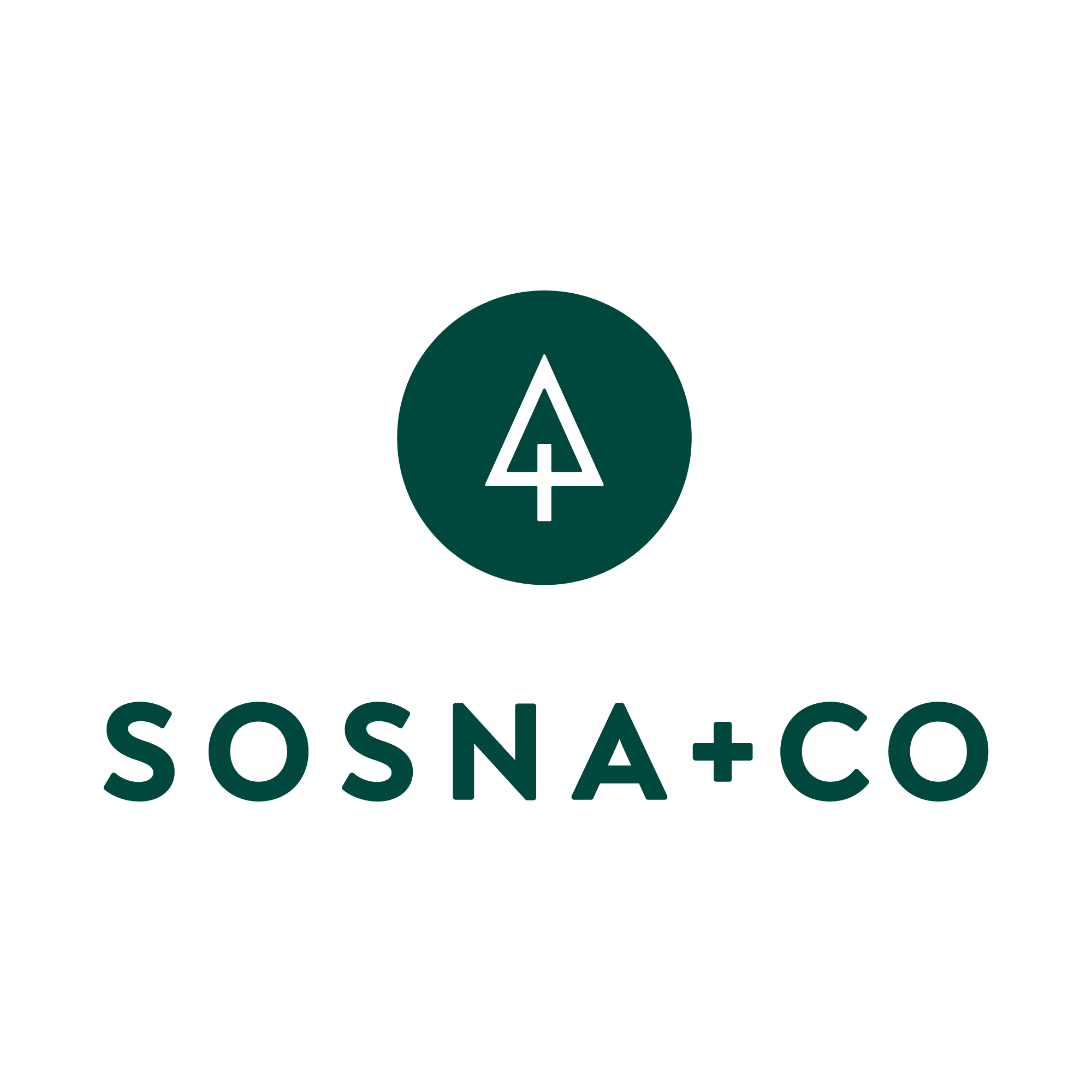To Phone or Not to Phone? Crafting the Ideal BD Outreach Strategy
You know building relationships is a necessary step to growing any company, including the life sciences. But when it comes to actively reaching out to potential customers or partners—many of whom don’t know you yet—it can feel confusing and overwhelming.
Common questions include:
How much communication is too much?
Should I pick up the phone, or send an email?
How does LinkedIn fit into my outreach strategy?
When is the best time of day to send a cold email?
Can any steps of the process be automated? I’m already starved for time!
Recently we shared our step-by-step process of partnering in the life sciences. In this post, we go deeper on how to do active outreach.
We’ll walk you through an example of the ideal business development outreach strategy we use here at Sosna + Co – the very same process that has led to us closing more than $150 million in deals.
But First, Which Communication Channels Should You Use?
The old adage is true: people do business with people! Still, it helps to leverage digital tools like email and social media to save time and create multiple touchpoints with your connections.
We recommend combining traditional techniques like cold calling (yes, people still pick up the phone!) with email and LinkedIn outreach.
With that out of the way, let’s look at the timing of your outreach.
How Often Should I Reach Out to Prospects?
If you have a contact list of relevant people or companies you’d like to get in touch with, we recommend a schedule similar to this:
Day 1 - Intro email & call
Day 3 - Social interaction (LinkedIn)
Day 9 - Follow-up email
Day 14 - Follow-up call
Day 18 - Final email
It is long enough to gain a response, but short enough that the recipients are not overwhelmed or bothered.
Let’s look at each technique (phone, email, and LinkedIn) in more detail.
Intro Email
For your initial email, the recipient likely does not know you yet. If you’ve obtained email opt-in consent (from a form on your website, for example), you can send the email to multiple recipients at once from your email marketing platform (i.e., Mailchimp, HubsSpot, etc.).
If you don’t have opt-in consent, we recommend sending the email just to that recipient from you via your usual email system (i.e., Outlook, Gmail, etc.).
Either way, you will want to:
· Personalize the message using their first name
· Include a compelling subject line
· Lead with the benefit in the email body
· Keep it brief
· Have a call-to-action at the end – what action do you want them to take next?
Social Media – LinkedIn
For B2B companies, LinkedIn is the go-to social channel for networking and prospecting. Leverage it by connecting with your prospect.
Include a customized, non-salesy connection request message to encourage a reply. It also helps if you like/comment on some of their posts ahead of time to show that you’re taking the time to learn about them.
As with email, include a call-to-action so they know what the next step is! Book a call? Visit a website? Be clear and specific.
Follow-Up Emails
Often the recipient will not see, or have time to respond to, your original email. Including a follow-up message provides a reminder of your request and another opportunity for the recipient to take action.
A good follow-up email summarizes the original message, but is often shorter and to-the-point. You can send one or two follow-up emails, then give them an “out” – a way to stop receiving communications if they don’t wish to.
Phone Outreach – Still Important!
Ideally you will have picked up the phone the same day as your intro email. Even with today’s technology, most people still answer their phone and listen to voicemails. Leave a voicemail if prompted. Another follow-up call is helpful as well.
Final Email
Your last email should be a positive note, with your contact information, thanking them for their time and closing the “door” without burning a bridge.
Often a prospect doesn’t have a need for your offer at this time but may in the future. Leave them with a way to reach out should they need you in the future.
Keeping Track of Your Leads & Prospects
Once you have run the sequence, you will be able to integrate the new datapoints for each person. Did they reply? Book a call with you? Refer you to someone else?
This can be tracked in your CRM (customer relationship management) program so that you can refer back to their records if needed. This becomes helpful if you wish to contact them again in 3 or 6 months for another opportunity.
Not Sure How to Organize Your Leads List? There’s a Template for That!
We created a simple downloadable spreadsheet to help B2B life science companies easily organize leads – and also upload to your CRM of choice. Download it here or click the image below.
—
Sosna + Co is a boutique, outsourced business development partner for the life sciences. From M&A advisory and licensing deals with Fortune 500 companies to uncovering the potential of savvy, new start-ups, the principle is simple: we work meticulously to uncover new opportunities that grow your business. Contact us today to learn more.


